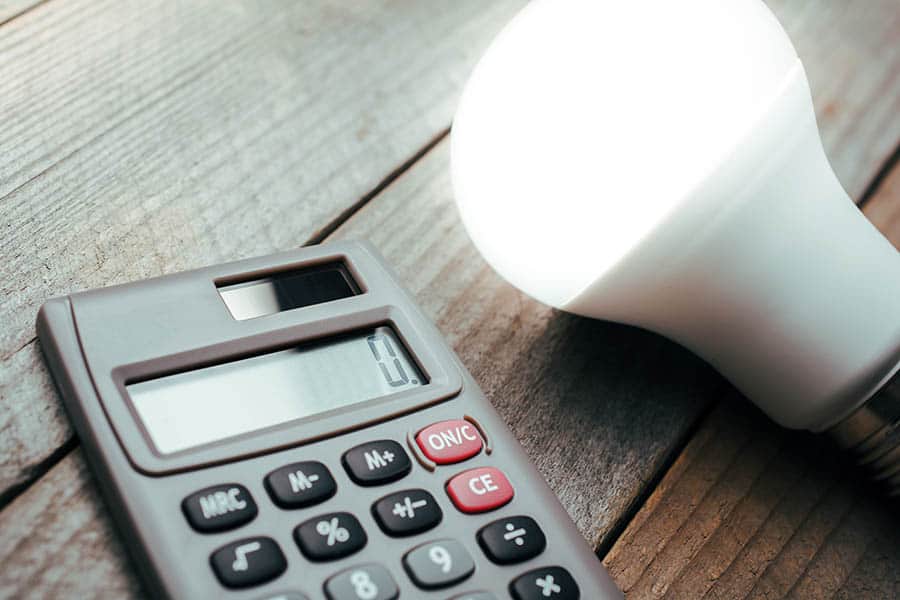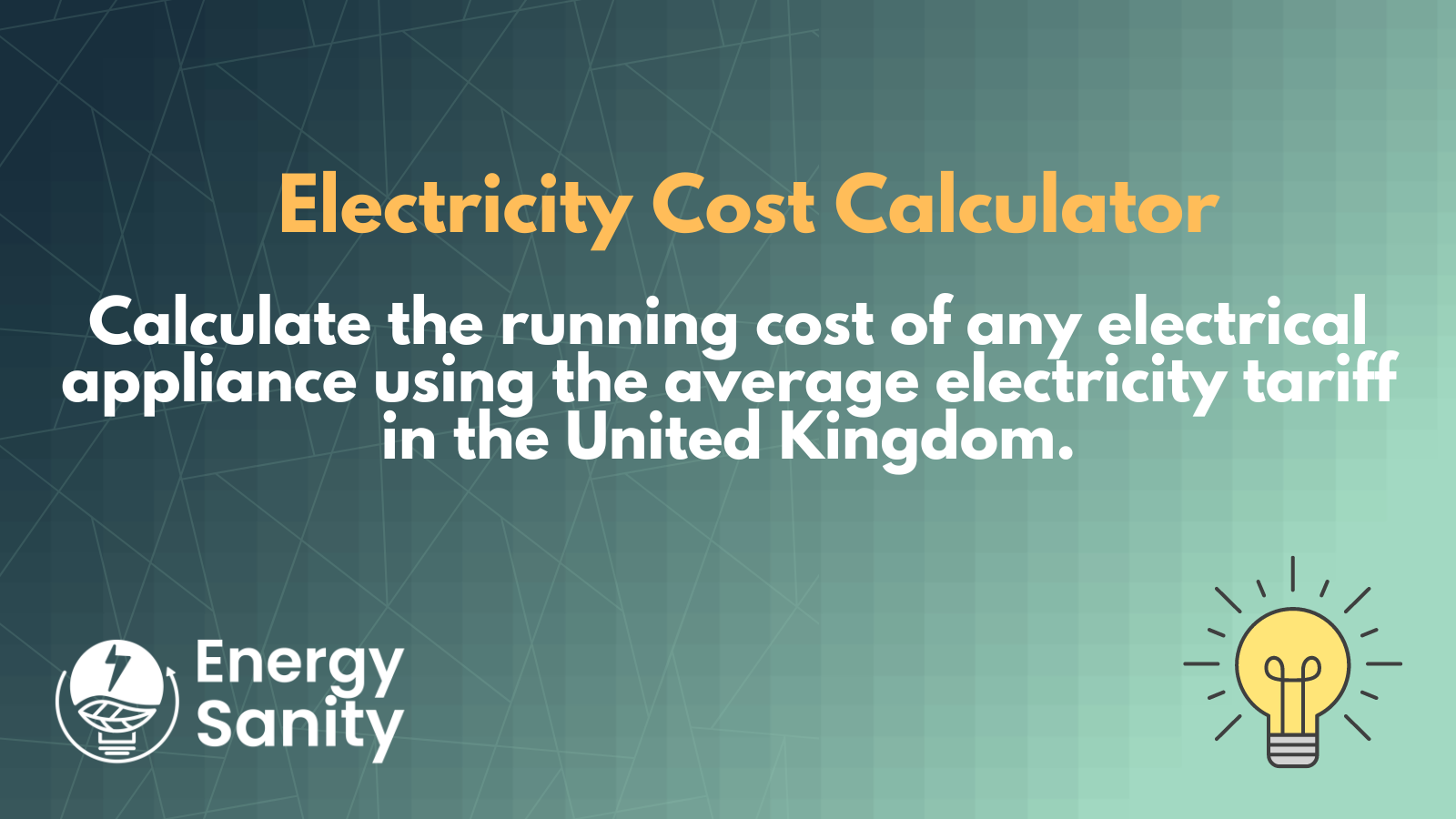For some people, moving onto a tariff that has zero standing charge is a no-brainer. Nobody wants to be paying for things that they’re not using, so it’s no surprise that many people want to switch one of their properties over to this deal.
However, many newer companies (like our favourite Bulb) don’t offer a tariff with no standing charge. So what can you do if you want to find a supplier that offers this tariff? Well, there’s only a select few that still offer it, and we’re going to run through some of them.
Zero standing charge suppliers
Energy suppliers that still offer a tariff with zero standing charge are;
- E.ON
- Npower, who have since been acquired by E.ON so stick with them
- Utilita
- Ebico
In the past, I was always pretty quick to recommend Ebico to potential customers – they were originally a not-for-profit organization who specialized in this sort of deal, giving customers some of the best rates with their no standing charge tariffs.
However, their customers were acquired by British Gas in 2020 and since then, there’s been increasing reports of the prices going up by quite a bit. So nowadays, your best bet is to try the three above and see which one of them can offer you the best deal.
Thank you for reading this post 🙌 - don't forget to take advantage of our New Free Tools: Electricity Cost Calculator and Energy Bill Calculator 👇
Energy Bill Calculator
Our Energy Bill Calculator is designed to help you estimate your electricity costs in the…
Electricity Cost Calculator
Do you want to know how much your electrical appliances are costing you every month?…
What even is a standing charge anyway?

Each month your electricity needs to run to your house via high voltage transmission lines, and these come at a cost. The standing charge is simply a charge to cover the cost of getting your electricity and gas to your home. It’s typically a small fee charged on a daily basis, and the charges can generally vary.
For electricity, is can go from being as low as 5-10 pence per day all the way up to 50 pence or more at the higher end of things. With gas, this can be a little higher depending on whether you’re running a commercial or residential premises, with some rates up to around 80-90 pence.
And for the majority of people, this isn’t going to be a problem. When you’re using your washing machine, fridge and cooker on a daily basis, you won’t be too fussed about paying 20 pence a day to do this. But it’s when you’re paying for a property that you’re not going to be in all year round that it can start to be a problem.
For example, if your bills are at the higher end of the price range and you end up paying 50p daily for your gas and electricity, you’ll end up with £180+ of standing charge fees at the end of the year. And what if this is a second home, or you’re only living there for three months of the year? Paying this standing charge can end up with you paying out for something that you barely lose, and this is where zero standing charge suppliers come in.
So, what’s bad about a no standing charge tariff?
The bad thing about opting for zero standing charge is that you end up paying a higher rate than you would normally. If your circumstances change and you end up living in the property for twelve months of the year, then your bills would be much, much higher than they would even with the original low cost plus the standing charge.
Zero standing charge tariffs are typically best for those that have a second home that they visit occasionally that isn’t in use all year round. They can also be a better choice if you have a holiday home or rental in a location that’s only busy throughout the summer, as zero standing charge tariffs allow you to lock up for a while and forget about having to continuously pay energy bills.
When does it become viable to switch to a zero standing charge tariff as opposed to a fixed rate? It depends, but if you’re only going to be utilizing your property for a few months of the year, then it’s definitely worth looking into.
Conclusion
In conclusion, opting to go with a energy deal with no standing charge will be a great choice if you’re only going to be in the property a few months of the year, say less than 4. However, typically if you’ll be there 6 months or more out of a full year, then you’ll probably be better off just trying to find the best fixed low tariff deal available, and paying the additional standing charge even when you’re not there.


